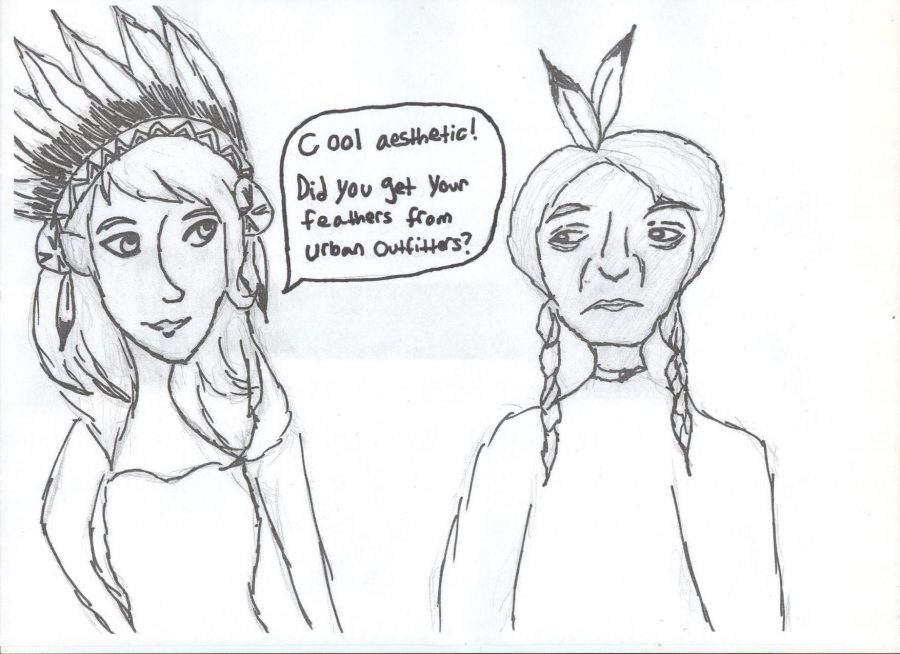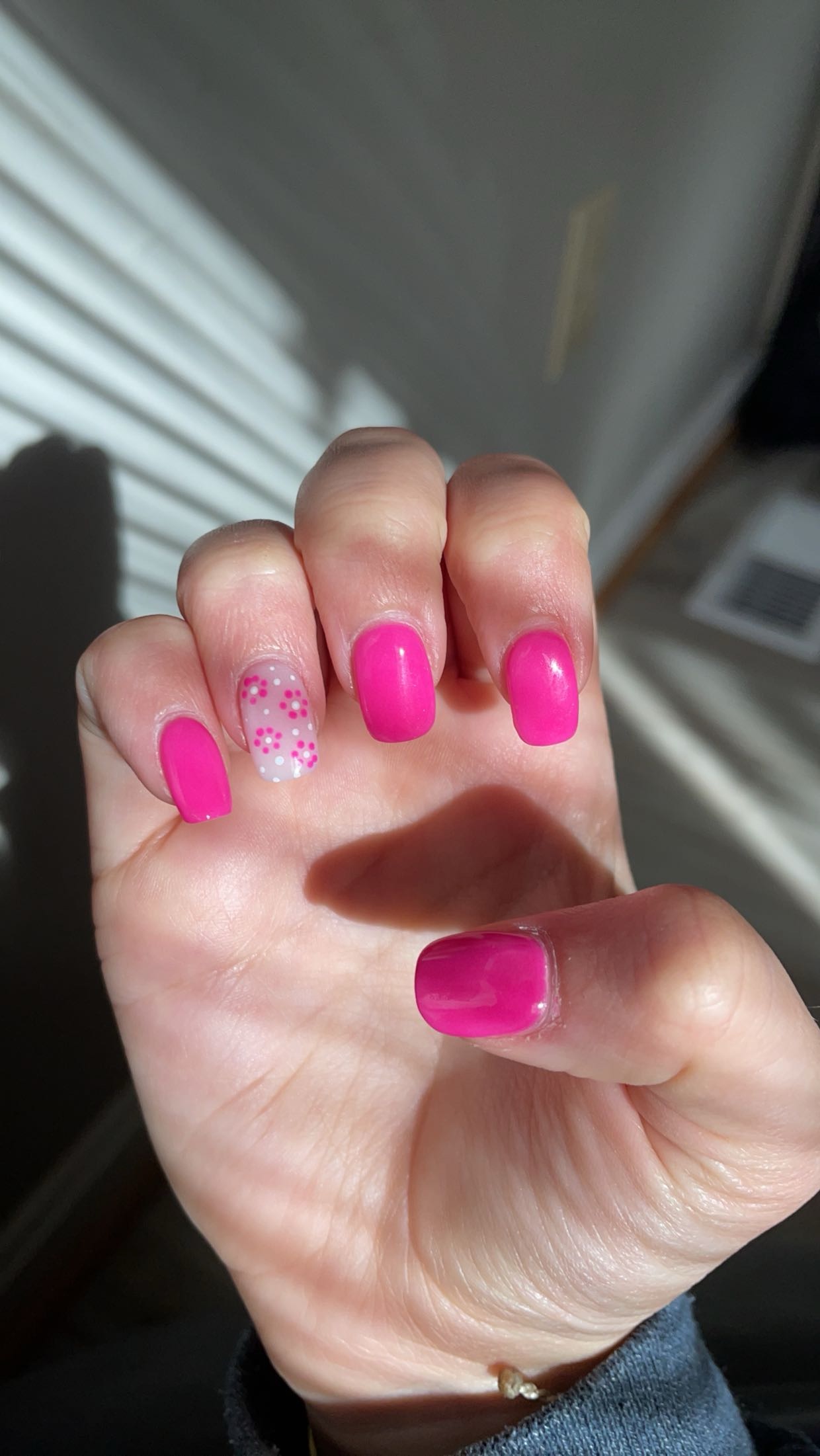Cultural appropriation is heritage theft
November 10, 2015
How would you feel if a part of your culture was stripped of its significance and sold as a fashion statement? When celebrities steal an aspect of an ethnic group’s culture, such as dreadlocks, bindis, and hijabs. they are guilty of cultural appropriation. A-listers, including the Kardashians, Katy Perry, and Selena Gomez, have been sporting their ignorance in fashion and music videos, using other culture’s traditions while ignoring the cultural significance behind them.
What’s the problem with white people wearing dreadlocks and cornrows? Some say that borrowing hairstyles isn’t cultural appropriation and that they’re fair game. However, the history of dreadlocks goes back to the Hindu and the Rastafarian cultures. Thanks to Bob Marley many associate it with smoking weed and listening to reggae music—basically teenage rebellion. In the Rastafarian culture dreadlocks were worn by priests who devote themselves to their deity and by those who take a vow of purity and follow spiritual laws. According to “White People, Dreadlocks and Cultural Appropriation” on www.theliberatedmind.com, nobody can appreciate the spiritual and historical meaning of dreadlocks when they’re used simply as a way to be defiant.
The first case of a mainstream actress wearing traditionally black hairstyles was Bo Derek in the movie 10. Before this, cornrows were seen on characters living in the ghetto, but once Derek appropriated them, they were suddenly all the rage; the Kardashian/Jenner clan follow along.
Bindis are used in different cultures to represent the sixth charka, showing that a woman is married; in Southern India, a black bindi is worn by a young, unmarried woman to ward off bad luck. The bindi is worn between the eyebrows, an important nerve center, to keep the nerves cool and conserve the person’s energy.
But when Selena Gomez wore the bindi in performances of “Come and Get It,” she received a backlash from the Hindu groups objecting to her sensual and commercial exploitation of the symbol. Her response? She posted a picture of her in a bindi on Instagram with the caption “Sari, not sari.” As if people didn’t have enough reason to be irritated by her…
Headdresses have been a part of the Native American culture for centuries; those who wear them, usually chiefs and warriors, are highly respected in their community. Every feather in the headdress represents a courageous act, followed by fasting. The right to wear a headdress is one of the highest honors that a man achieves. Women, however, did not participate in this tradition, much less want-to-be hipsters trying to look cute at Coachella.
Some might think that cultural appropriation isn’t a big deal and that culture is meant to be shared. However, there’s a difference between appreciating a culture and wanting to learn more about it and taking it as your own and disrespecting it. When a cultural emblem is adapted by a celebrity who wants to start the next trend, it shows disrespect to the cultural meaning and religious significance of the tradition. A celebrity can take his or her “costume” off at the end of the day and not have to face the hardship and discrimination people who are part of the tradition have suffered. They can go back on their merry way, cashing in on a “trend” while looking for the next one.
There’s nothing wrong with being interested in another group’s culture and wanting to learn more, but don’t try to pull it off as your own.
















